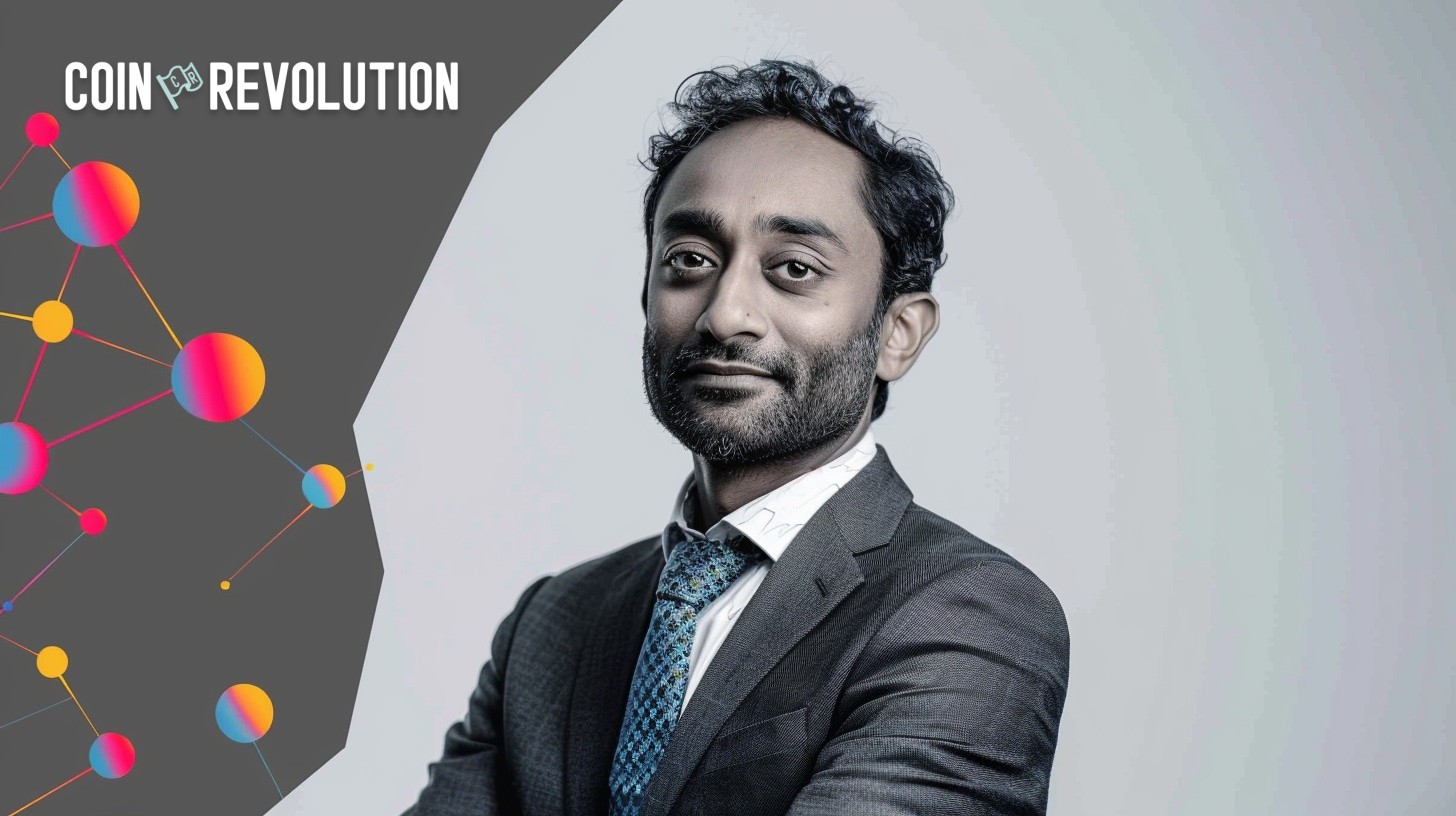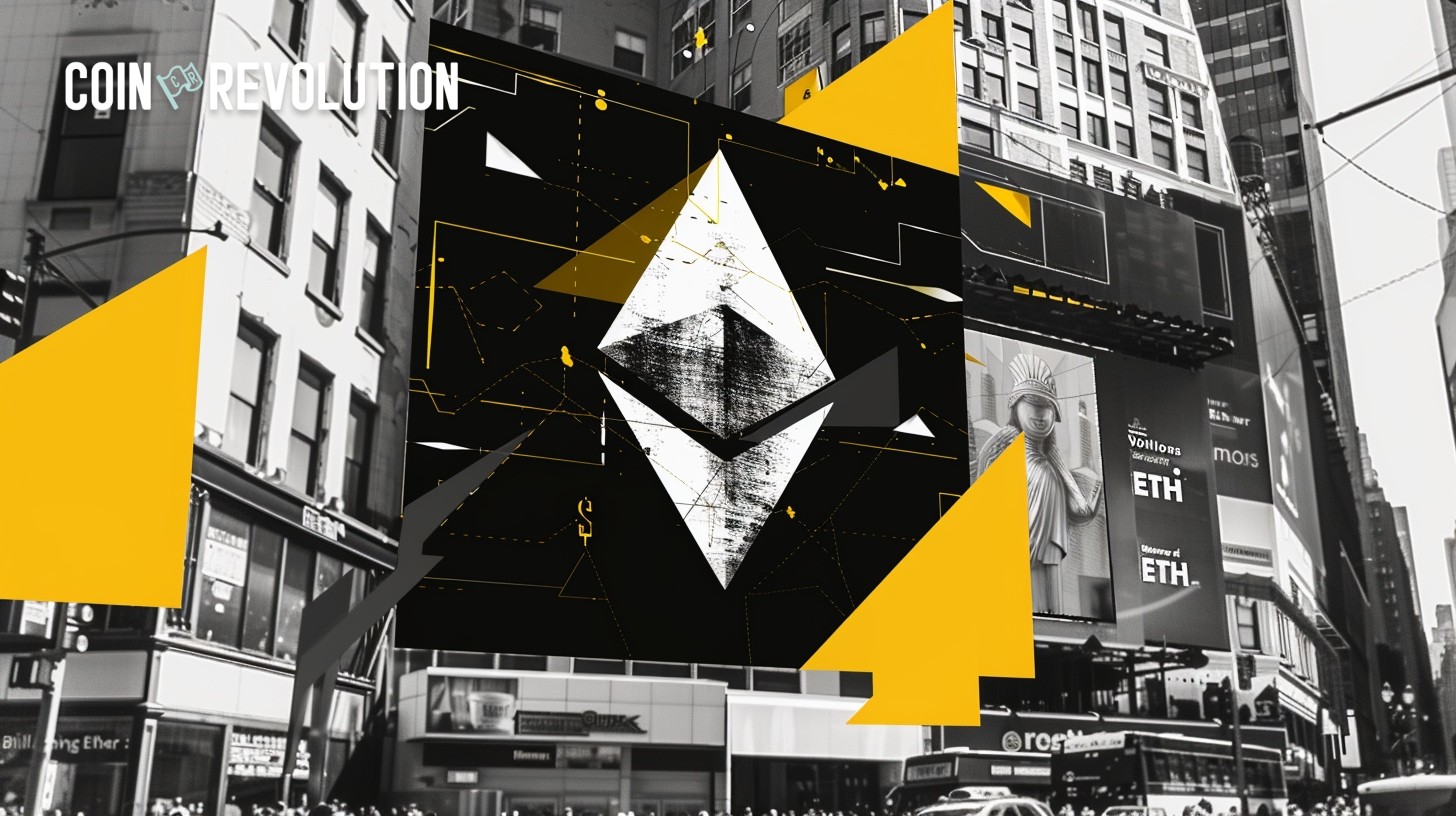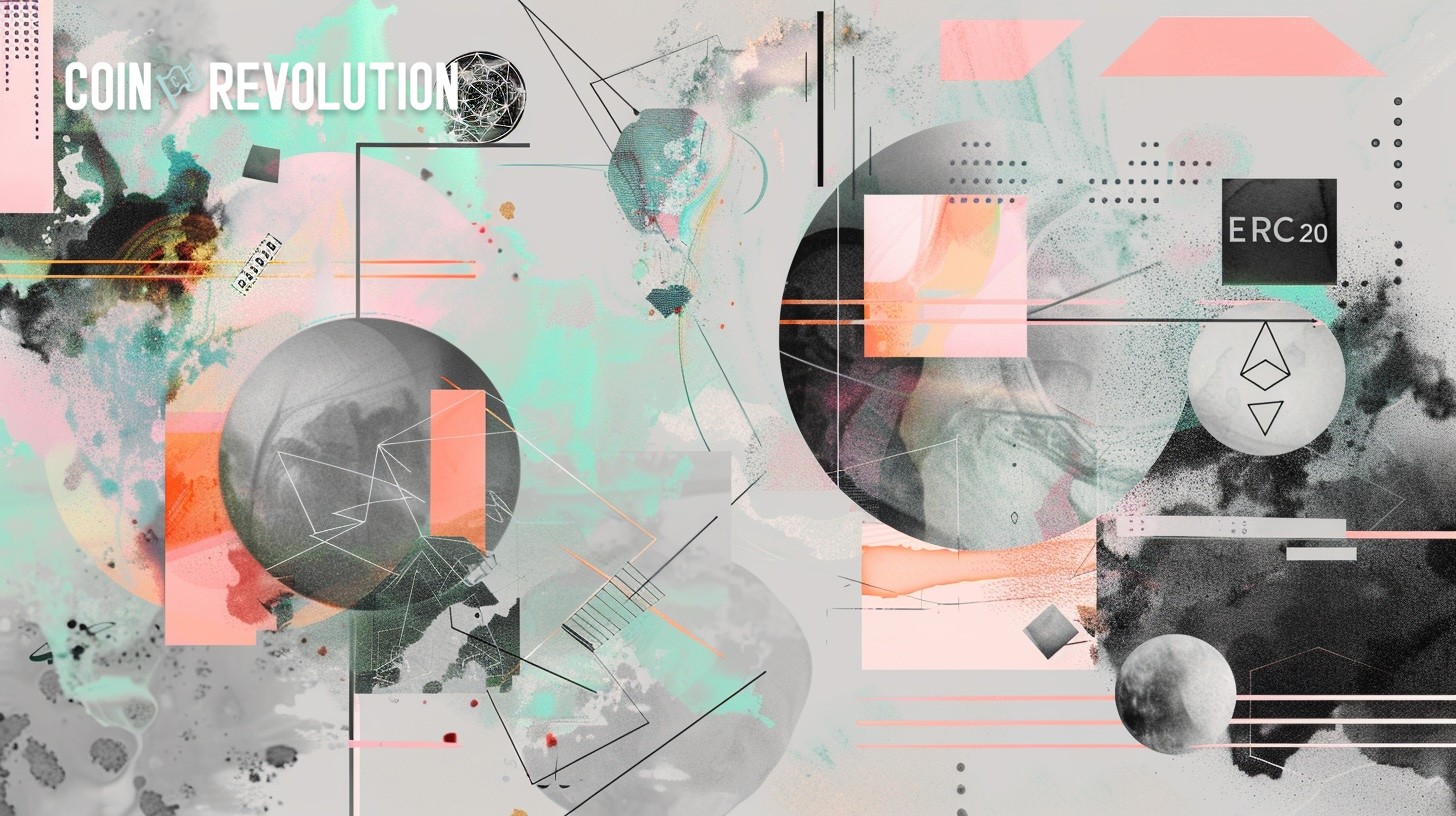Pudgy Penguins Mania: How Crypto Heavyweights Got Hooked
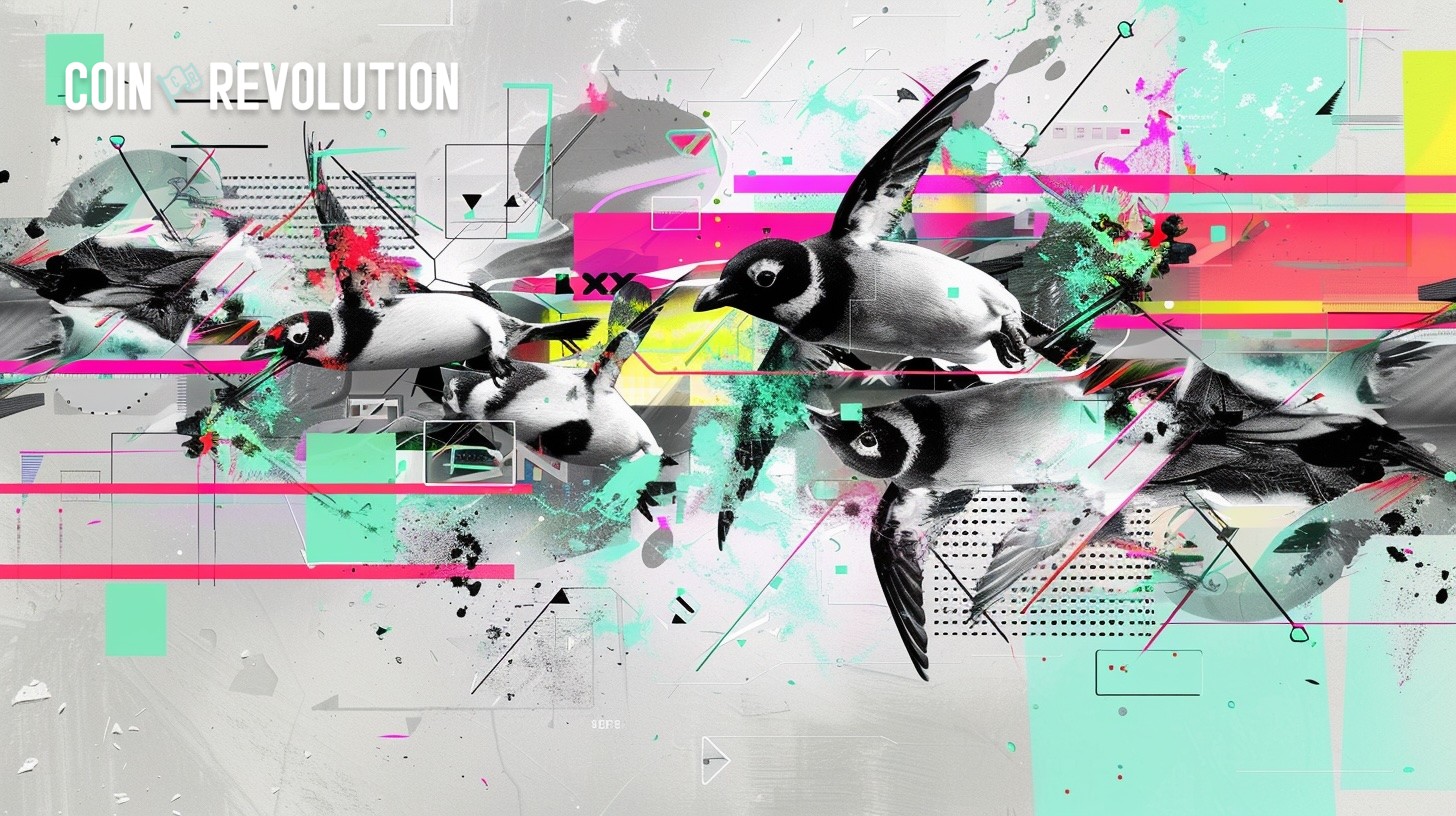
Crypto giants are embracing Pudgy Penguins NFTs. Uncover why these lovable PFPs are trending & if they signal a new market boom amidst global shifts.
In recent weeks, crypto-Twitter (X) has been absolutely flooded with cute, plump NFT penguins. Multi-billion dollar projects, major exchanges, and even traditional financial institutions are massively changing their avatars to images from the Pudgy Penguins collection. It seems the world has gone crazy for these penguins!
Major Players and Their Penguins: Who Jumped on the Trend?
Changing a profile picture to an NFT is more than just a rebrand; it’s a signal to the community, an expression of belonging, and a display of “good vibes.” Here are just a few examples from the massive wave:
The official Pudgy Penguins account sets the tone, actively sharing examples of those joining the trend:
One of the largest American crypto brokers, Gemini, also didn’t stay on the sidelines, showcasing its presence in NFT culture. The exchange actively participated in the trend, temporarily changing its profile picture to a Pudgy Penguin. This move highlighted Gemini’s understanding of Web3 cultural touchstones and its engagement with the broader crypto community.
Influential figures in the crypto community, such as JoeyMooose, demonstrate personal involvement and spread the trend among their followers. By adopting Pudgy Penguins as their avatars and sharing them with their audience, these individuals amplify the trend. This organic amplification by key opinion leaders helps cement the collection’s cultural footprint across Web3.
Even media resources dedicated to other blockchains, like The Solana Post, show their openness and participation in broader crypto trends:
Major exchanges, such as HTX Global, also didn’t miss the opportunity to show their involvement in the Web3 cultural phenomenon. By temporarily updating their official X (Twitter) profile picture to a Pudgy Penguin, HTX Global signaled its awareness and participation in a significant community-driven trend. This move helped reinforce the exchange’s connection with the evolving digital asset landscape.
Beyond these examples, Coinbase, Binance.US, OpenSea, OKX, MoonPay, Polkadot, and even traditional financial giant VanEck (known for its crypto ETF investments) have also used Pudgy Penguin PFPs on their accounts. Such widespread adoption of “Pudgies” indicates the trend has gone far beyond a niche NFT crowd.
Why Pudgy Penguins? Explaining the Phenomenon
The Pudgy Penguins phenomenon runs much deeper than it might seem at first glance. Several key reasons explain why these specific penguins have become the new mascots of the crypto world:
- “Blue-Chip” Status in Web3
Pudgy Penguins is one of the oldest (launched in July 2021) and most recognizable “blue-chip” NFT collections on the Ethereum blockchain. Using a penguin as an avatar isn’t just a display of taste; it’s a powerful signal of status and belonging to an influential circle of crypto investors and enthusiasts. It’s akin to a “club pass” into the Web3 elite.
- Strong Community and Real-World Brand
Unlike many NFT projects that remained just digital images, Pudgy Penguins, under the leadership of CEO Luca “Netz” Schnetzler, has been actively developing. The project is known for its exceptionally active and loyal community and its successful real-world initiatives, such as the release of physical Pudgy Toys (even sold at Walmart) and the creation of an animated series. This proves the project’s ability to create value beyond the digital space, which is rare and highly valued.
- Positive “Aura” and Resilience Amidst Chaos
In a world grappling with geopolitical instability, wars, and market turmoil, Pudgy Penguins manages to maintain a positive image and remarkable resilience. Their friendly, playful, and cheerful persona, encapsulated by the motto “Good Vibes Only,” is associated with hope, lightness, and the ability to find a “silver lining” even in challenging times. It’s not just an asset; it’s a symbol of stability and good emotions, making it particularly appealing for projects aiming to associate themselves with something positive and promising.
- Cultural Influence and Viral Marketing
The use of such a recognizable PFP creates instant recognition and a sense of unity. For companies, this is a powerful marketing move that allows them to tap into the current Web3 cultural narrative, amplify their presence, and create a viral effect.
Here’s an example of how the community embraces and spreads the “vibe” of the penguins, making the trend truly viral:
The PENGU Token: Riding the Hype Wave?
Amidst the incredible popularity of Pudgy Penguins NFTs, the PENGU token has also garnered attention, demonstrating impressive growth. For many days, it ranked among CoinMarketCap’s top 100 by daily gains, attracting speculators. For instance, after Coinbase temporarily changed its PFP, PENGU’s price surged by 60% within hours, and its monthly increase reached a colossal 243%.
It’s important to understand: The PENGU token officially launched on December 17, 2024, with user claiming available from December 18. Its creator is Igloo Inc., the company that manages the entire Pudgy Penguins ecosystem under the leadership of CEO Luca Schnetzler. Schnetzler acquired the Pudgy Penguins project in April 2022 for 750 ETH. This acquisition followed significant community criticism directed at the original founders (including Cole Villemain). The criticism stemmed from allegations of mismanagement and attempts to issue a new token without transparency or the consent of NFT holders, which led to a considerable loss of trust.
Initially, PENGU launched on the Solana blockchain, leveraging its advantages of low fees and high throughput. The plan is for PENGU to become a multi-chain token in the future, with anticipated support for Ethereum and its own Abstract Chain (a Layer 2 network being developed by Pudgy Penguins using ZKSync’s ZK Stack).
Thus, PENGU is not merely a third-party meme coin. It’s an asset created and supported by the team behind the successful Pudgy Penguins NFT brand. While its primary function is currently stated as a meme coin symbolizing community and “good vibes,” its utility and connection to the core intellectual property (IP) are still evolving within the expanding ecosystem.
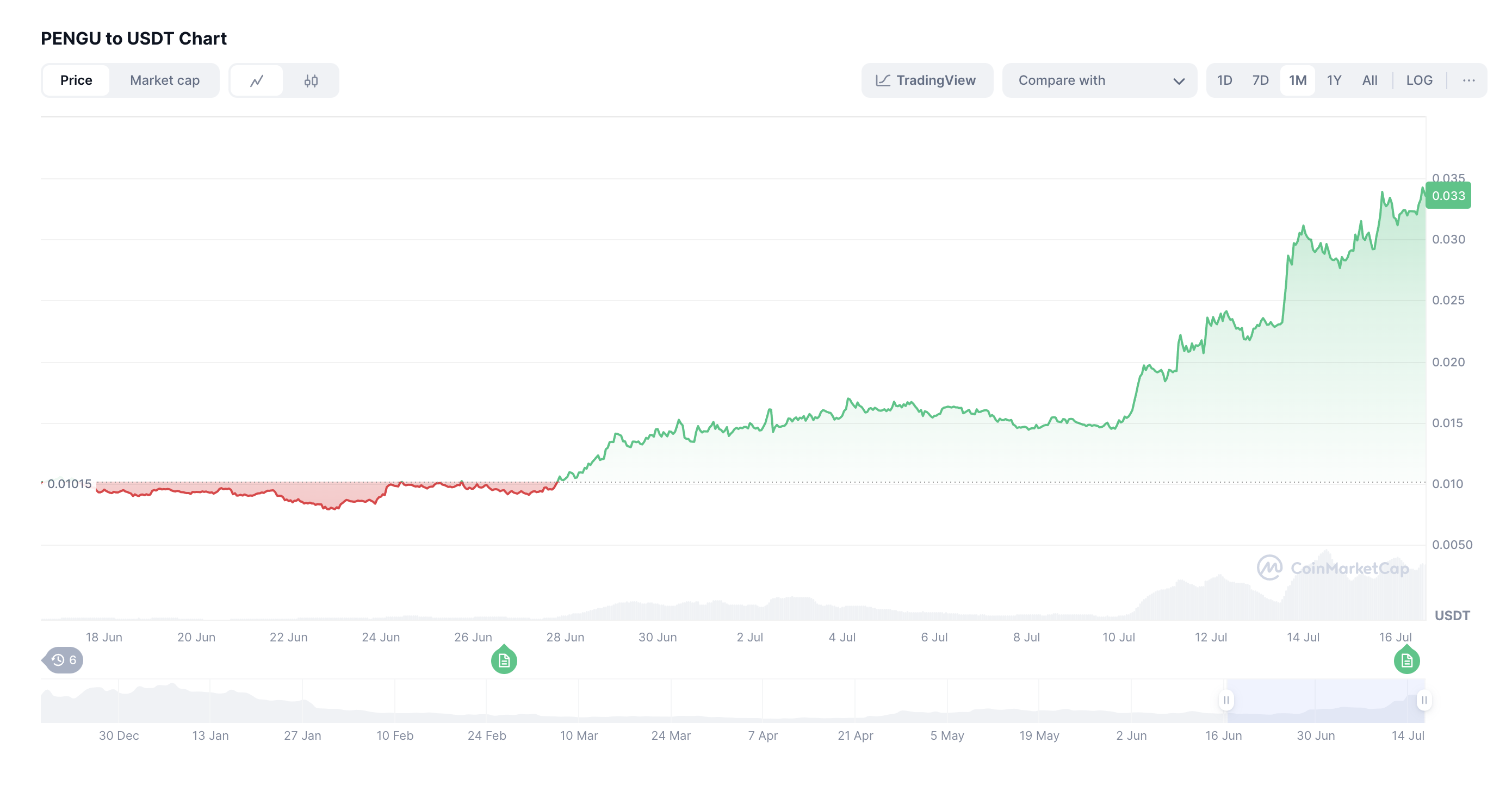
Should We Expect a New NFT Boom?
The Pudgy Penguins PFP phenomenon is undoubtedly a clear indicator that interest in NFTs persists, and strong brands are capable of generating significant hype and even price increases for their collections (the Pudgy Penguins NFT floor price rose, reaching 14 ETH in a month). It demonstrates the enduring cultural significance of NFTs, the resilience of projects with a strong vision and active community, and the effectiveness of strategic marketing in Web3.
But does this signal a full “second wind” for the entire NFT market and its return to the “crypto Olympus”? It’s more likely a testament to the maturity and resilience of a specific segment of the NFT market – collections with strong brands, real utility (as with the physical toys), and an exceptionally active and loyal community. A new, large-scale NFT boom would require much more than just PFP changes: widespread adoption of utility NFTs, groundbreaking innovations in the gaming and metaverse markets, and significant improvements in user experience.
For now, the Pudgy Penguins situation is a compelling case study of successful branding and community building in Web3, powered by viral marketing. But can this local success ignite a broader fire for the entire market?
Should we expect a new NFT boom, or is this merely a positive trend bringing much-needed good vibes amidst geopolitical upheavals and market instability? We’ll see in the coming weeks.
The information published on CoinRevolution is intended solely for general knowledge and should not be considered financial advice.
While we aim to keep our content accurate and current, we make no warranties regarding its completeness, reliability, or precision. CoinRevolution bears no responsibility for any losses, errors, or decisions made based on the material provided. Always do your own research before making financial choices, and consult with a qualified professional. For more details, refer to our Terms of Use, Privacy Policy, and Disclaimers.

